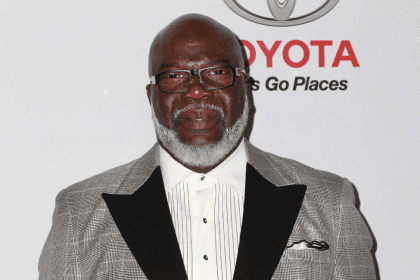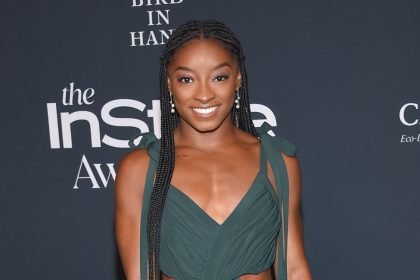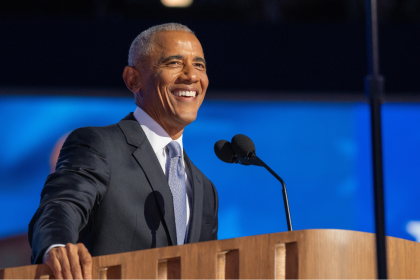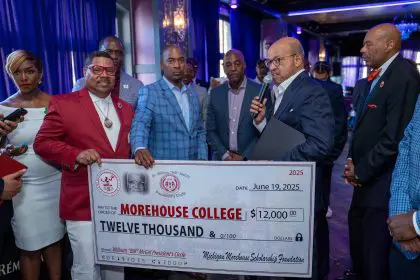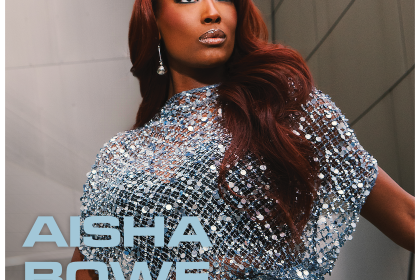The Koch Brothers have contributed to many Republican causes. It is also true that they have donated millions of dollars to cancer research, education, entrepreneurship, arts, science, and various other interests. Historically, various wealthy families have supported the research of educational leaders like Booker T. Washington, W.E.B. Du Bois, Charles Hamilton Houston, and many others. In fact, many major historically black colleges are actually named after white families who made major donations. For example, Spelman College was the maiden name of John D. Rockefeller’s wife, who encouraged her husband to purchase the property that the college sits on and donate it to the college. The Meharry Medical College is also named for a wealthy benefactor who wanted to repay the kindness of the African American community in Nashville, Tennessee. When a college accepts philanthropic funding to continue its operations, with few strings attached to the funding, there is no real reason to oppose funding. The most effective colleges and universities raise funding from alumni and most benefactors interested in donating to the institution. The University of Texas just completed a $3 billion campaign. Texas A&M raised almost a billion dollars last year. Prarie View A&M raised resources for its engineering school and is building a football stadium from donations. Many United Negro College Fund colleges and universities have programs and students that will benefit from donated resources. There is no shame in receiving funds with no strings attached to them. The gift of 25 million from Koch industries is not unusual or excessively large for the company. Given the funding challenges and student needs at HBCUs, I hope that the gift will be recurring over the long term.
The most important issue is that the organization has a robust accountability system that will guarantee the dollars are supporting the most critical priorities and a strategic plan to maximize the use of the funding. Many HBCUs are populated with legacy students (students whose parents went to the school) and talented students with fewer options for going to other colleges, whether the reasons are economic or some other reason. It is imperative that our HBCUs continue to provide a healthy and rigorous learning environment. We must remember that even in the ’60s and ’70s, Southern states would help offset the cost of graduate and professional education if the black student attended a white college in the north or west. In fact, 30 years ago, flagship universities in the South did not even recruit African American athletes. Today, the starting teams for Mississippi State (No. 1 one in the nation) and the University of Mississippi (a top 10 team) would have been players at Alcorn State University (Steve McNair); Jackson State (Walter Payton); and Mississippi Valley State (Jerry Rice). It is very important to remember the historical significance of HBCUs in a nation that is having to address significant challenges around race and class. HBCUs should use all available resources to rebuild world-class training institutions.
–jeff travillion




